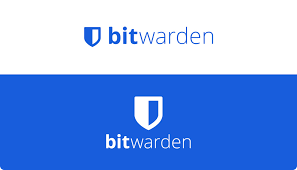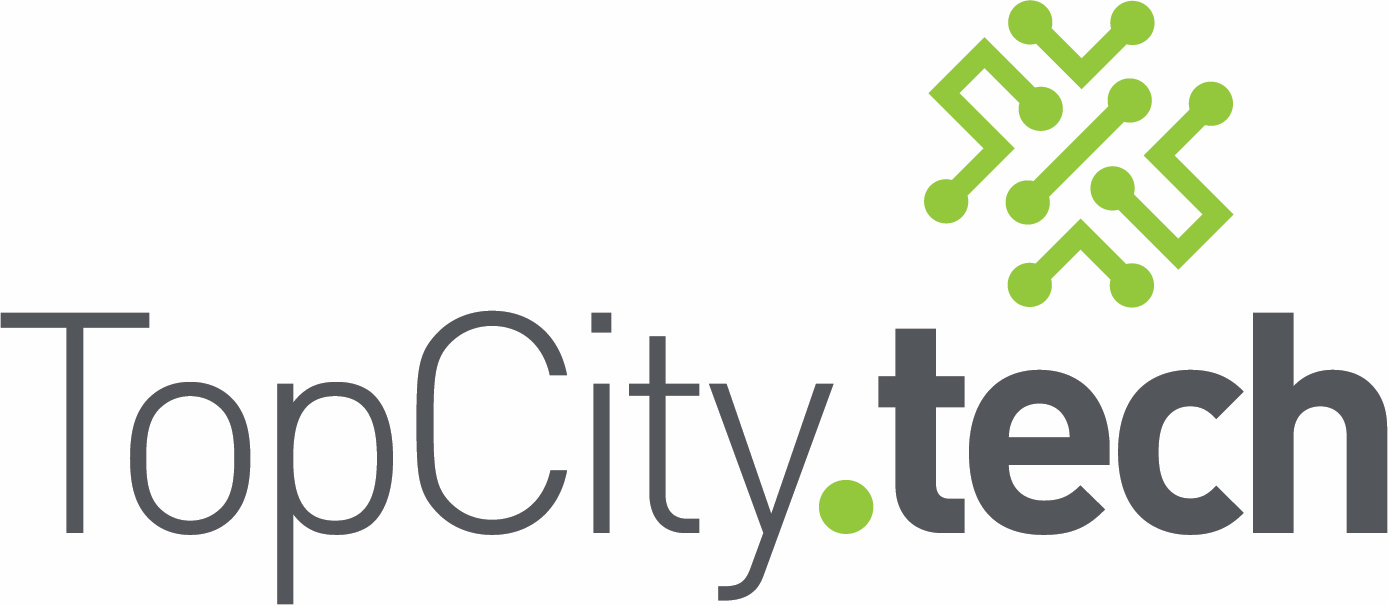Why Antivirus Software Isn’t Enough Anymore
If you’re still relying on traditional antivirus software to protect your business, you’re fighting 2025 threats with 2010 tools. Antivirus used to be the gold standard for computer protection. You installed it, it caught “viruses,” and you went about your day. But today’s cyber threats have evolved—and most small businesses don’t realize their old antivirus is leaving big holes open. Let’s break it down.

1. Today’s Threats Don’t Look Like Old Viruses
Classic viruses were simple. They infected files, spread between computers, and caused obvious damage. Modern attacks are smarter and sneakier. Cybercriminals now use:
- Ransomware that locks up your files and demands payment.
- Phishing emails that trick employees into giving up passwords.
- Fileless attacks that run entirely in memory (so antivirus can’t “see” them).
- Zero-day exploits that hit before security vendors even know they exist.
Traditional antivirus can’t keep up with attacks that don’t rely on infected files anymore.
2. Antivirus Works on Signatures—Hackers Don’t Use Them
Antivirus tools depend on a database of known “bad” files (called signatures). If the bad file isn’t in that database yet, the antivirus won’t flag it. Hackers know this—and constantly modify their code so it looks “new.” That means your antivirus can be blind to fresh attacks for hours or days.
3. Small Businesses Are Prime Targets
Cybercriminals know small businesses often have limited budgets, outdated protection, and valuable data. A single breach can lead to downtime, lost revenue, or even legal problems if customer data leaks. You may not think your business is big enough to be attacked—but hackers use automation. They don’t target you personally; they target anyone vulnerable.
4. What You Need Instead: Modern Endpoint Protection
To stay secure today, you need EDR (Endpoint Detection and Response) or a managed security solution that can:
- Detect suspicious behavior—not just known viruses.
- Roll back ransomware changes automatically.
- Monitor systems in real time, not just during a scan.
- Send alerts to experts who can investigate and contain threats.
Think of it like upgrading from a lock on your door (antivirus) to a full security system with cameras, alarms, and 24/7 monitoring (EDR).
5. Layered Security Is the New Standard
There’s no single tool that stops every threat. Modern protection combines:
- EDR or next-gen antivirus
- Cloud backups
- Employee training
- Email filtering
- Strong passwords and MFA
Together, these layers give your business real resilience.
Bottom Line
Antivirus alone can’t protect against today’s cyber threats. It’s like locking your front door but leaving the windows wide open. If you haven’t reviewed your business’s security setup recently, now’s the time. Modern threats require modern defenses—and they don’t wait for updates.






